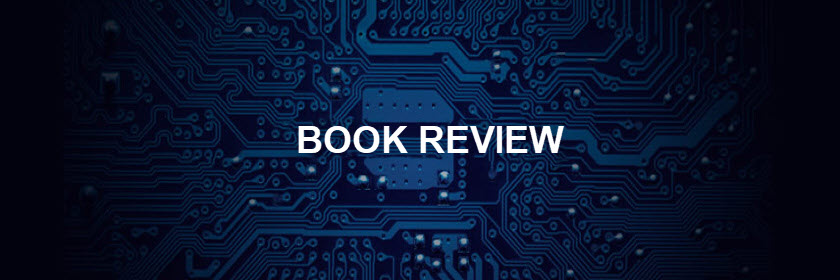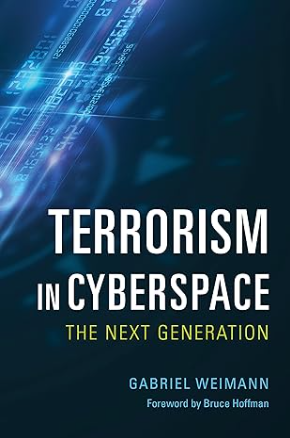Book Review on Terrorism in Cyberspace: The Next Generation

Book Review on Terrorism in Cyberspace: The Next Generation by Gabriel Weimann, Bruce Hoffman
This book, first published in 2015, has 254 pages of text broken into three parts. The title accurately describes the contents. The first section, entitled “Terrorism Enter Cyberspace”, introduces three research questions the contents expands on. The first question is:
- What are the new faces of online terrorism?
Next is:
- What is expected in the near future? and
- How can the trends be countered?
The next section is called “Emerging Trends” and the third is titled “Future Threats and Challenges”. The advantages to terrorists of the Internet are examined and the groups online from Africa, Asia, Europe, Lartin America, and the Middle East are named. It then breaks down into the areas used by terrorists in cyberspace: psychological warfare, propaganda, online indoctrination, recruitment and mobilisation, data mining, virtual training, cyber training, cyber planning and coordination, and fund raising. Each one of these sections is relevant today, although of course, monitoring of the Internet is much more intense. Hence, it can be used by anti-terrorist authorities as a virtual weapon as well. A real jihad project is outlined, which is an interesting chapter.
AUTHORS

Security Research Institute Edith Cowan University
Perth, Australia.
Professor Bill Hutchinson was Foundation IBM Chair in Information Security at Edith Cowan University in Western Australia. He was Director of SECAU (Security Research Centre) and was coordinator of the Information Operations and Security programmes. From 2000 to 2010, he was the Chief Editor and founder of the Journal of Information Warfare.
Published In
Keywords
Journal of Information Warfare
The definitive publication for the best and latest research and analysis on information warfare, information operations, and cyber crime. Available in traditional hard copy or online.
Quick Links
Archive

